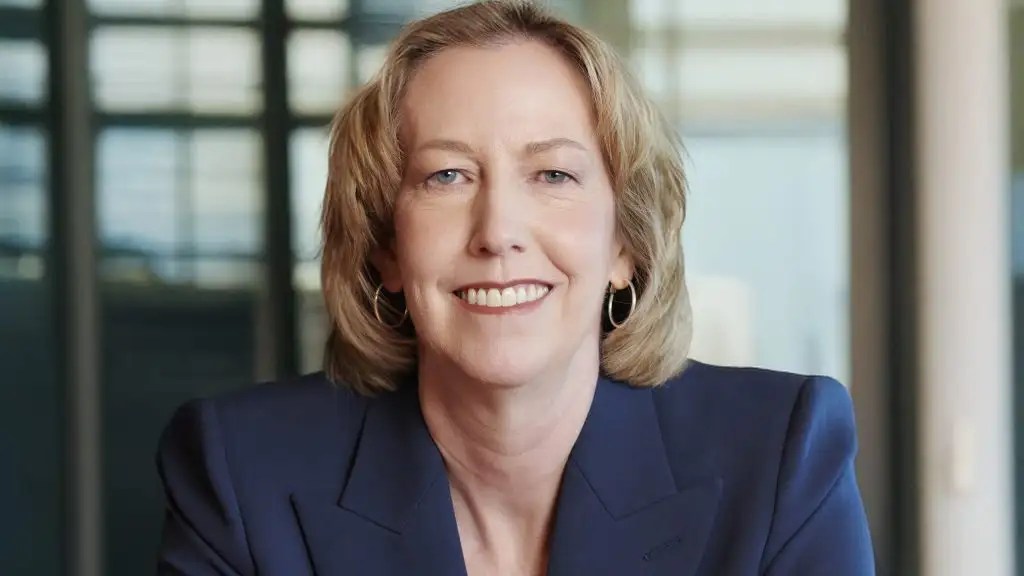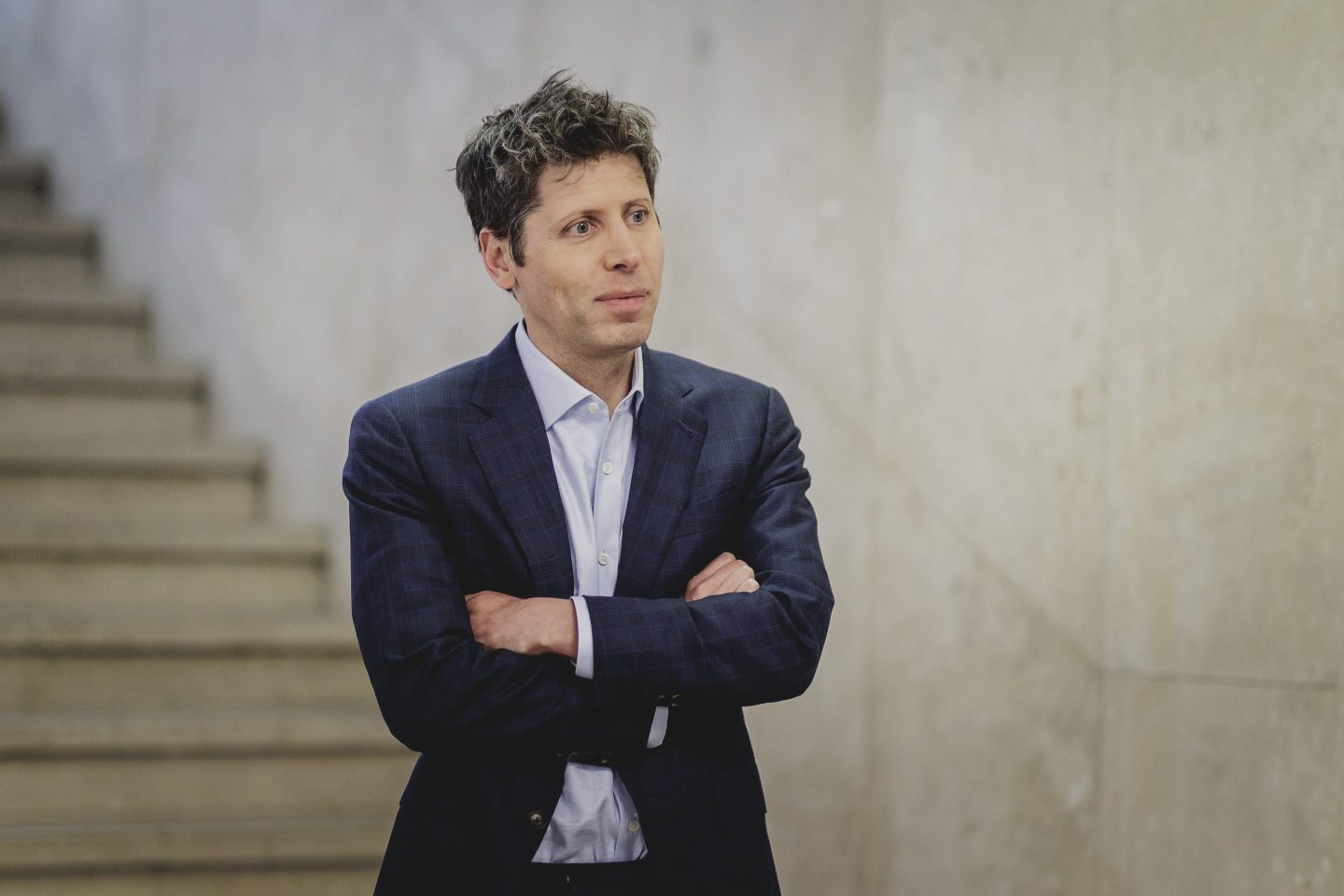Good morning.
You might think of Moderna as the COVID shot company. But CFO Jamey Mock has another narrative he wants people to know about—and the story goes way beyond shots.
I sat down with Mock yesterday ahead of the biotechnology company’s annual R&D Day, which takes place in New York City. Moderna, founded in 2010, focuses on messenger RNA (mRNA) therapeutics and vaccines.
“The way we think about it is that mRNA is the information molecule of life,” Mock explains. “There’s hundreds of thousands in your body every single day. And they create proteins that help fight any kind of disease. It’s actually what your body does all the time.” When the company was created, the thought was they’d be able to use mRNA technology for treatments of a range of diseases, he says. “That’s the whole premise of investing in our mRNA platform,” Mock says. He joined Moderna as CFO in September 2022, coming from PerkinElmer, a life sciences and diagnostics company, where he was also a finance chief.
In 2019 Moderna reported revenues of $60 million, and by 2022 made its debut on the Fortune 500 with over $18 billion in revenue, boosted by its mRNA COVID-19 vaccine during a time when it was in demand. Moderna landed at No. 211 on this year’s Fortune 500 list with $19.3 billion in revenue. A competitor in the COVID vaccine space, Pfizer, landed at No. 38 on the list, with $100.3 billion in revenue.
Moderna is expanding the scope of the mRNA platform. The company expects to add $10 billion to $15 billion in annual sales five years after launching new products in oncology, rare, and latent diseases by 2028. This is in addition to the previously announced $8 billion to $15 billion of expected sales from the respiratory franchise (COVID, RSV and flu) in 2027, according to the company. Moderna plans on investing approximately $25 billion in research and development from 2024 through 2028.
Regarding oncology, Moderna announced on Monday a multi-year collaboration with biotechnology company Immatics NV, on a variety of products, including antibodies produced through mRNA and cancer vaccines. Moderna will pay Immatics $120 million upfront. And payments could exceed $1.7 billion if the work reaches certain goals.
“We view Immatics as a leader in T cell Engaging Receptor technology,” Mock says. “And that’s just another way to invoke the immune system to fight cancer.”
COVID vaccine update
But amid rising COVID cases and hospitalizations across the country, Moderna certainly isn’t done with vaccines just yet. On Monday, Moderna and Pfizer received U.S. Food and Drug Administration approval for updated COVID-19 does. Moderna will begin shipping to vaccination sites across the U.S., with the updated vaccines expected to be available in the coming days. The company expects that the U.S. demand for the vaccine would reach 50 to 100 million doses in the fall season.
Moderna continues to expect 2023 COVID sales of $6 to $8 billion. “In the first half of 2023, we had already generated $2 billion in sales, and that puts the second half at a $4 to $6 billion revenue range for us,” Mock explains. And $2 billion was already committed with global contracts, he says. So that leaves you with a range of $2 to $4 billion, mostly in the United States, for the rest of the year,” Mock says.
How much will the vaccine cost? “It’s a $129 gross price,” Mock says. “We then give discounts to some of our partners and our end consumers across the globe that bring the price down. But I think what’s important, particularly for the U.S. consumer, and actually most countries across the globe, is there’s zero out-of-pocket costs for any consumer.”
The $129 dose will be free to all consumers in the U.S. and most other countries, via either insurance or access through government programs.
Mock plans to get his booster once it’s available, he says.
Sheryl Estrada
sheryl.estrada@fortune.com
Leaderboard
Tim Carter, CFO at Piper Sandler Companies (NYSE: PIPR), an investment bank, will retire in the first quarter of 2024. Kate Clune has been selected to succeed him as CFO. Carter will stay on through April to assist with the transition. Clune joins the firm from Evercore Inc., where she most recently served as treasurer and head of planning and strategy. Previously, she spent 16 years at Morgan Stanley, where she served in various capacities across operations, sales and trading, and finance. Her roles included corporate treasury and CFO of their U.S. banks, as well as global head of financial planning and analysis.
Jason K. Garland was named CFO at Repligen Corporation (Nasdaq: RGEN), a life sciences company, effective Sept. 25. Garland is joining Repligen from his most recent role with Holdings Corporation, where he served for nearly five years as EVP and CFO. He succeeds retiring CFO Jon K. Snodgres, who joined the company in June 2014 and will continue in a full-time advisory role until Oct. 6. Before his role with Integer, Garland spent three years as VP and CFO for the global sales and supply divisions of Tiffany & Co., a role he moved into following nearly 20 years in various roles of increasing responsibility at GE. His last role at the company was CFO for GE Industrial Solutions.
Have an upcoming CFO move you'd like to be considered for an exclusive in CFO Daily? Send me an email.
Big deal
New research by McKinsey & Company finds that employee disengagement and attrition could cost a median-size S&P 500 company between $228 million and $355 million a year in lost productivity. And over five years, that’s at least $1.1 billion in lost value per company, according to the report.
A typical attrition scenario with an estimate of $228 million in lost productivity would result from $90 million due to disengagement and $138 million from attrition. In a high-attrition scenario, $355 million in lost productivity would result from $80 million due to disengagement and $275 million from attrition.
Disengagement costs were calculated as a loss of perceived productivity resulting from the proportion of workers reporting low and moderate levels of satisfaction, according to McKinsey. Attrition costs are the sum of hard costs and estimated productivity loss costs associated with having the role unfilled and hiring and onboarding replacements.
"These are big numbers that strike at the heart of value creation," according to the report. McKinsey's research identifies six distinct employee groups across a spectrum of satisfaction, engagement, performance, and well-being.

Courtesy of McKinsey & Company
Going deeper
A Gartner Inc. report finds that compliance leaders face increased workload volume and complexity yet are under pressure to make the most of existing resources despite economic challenges. This year, leaders must address three crucial compliance function trends: tighter budgets, changing labor and organizational dynamics, and increased investments in technology, Gartner explains in the report.
Overheard
“The big news is Slack is really starting to wake up with its own A.I. It holds so much data for our customers. I think Slack is going to be the promise of A.I. for a lot of our most important customers.”
—Salesforce CEO Marc Benioff said in a conversation with CNBC’s Jim Cramer on Tuesday that the company's messaging program Slack will have its own A.I.
This is the web version of CFO Daily, a newsletter on the trends and individuals shaping corporate finance. Sign up to get CFO Daily delivered free to your inbox.













